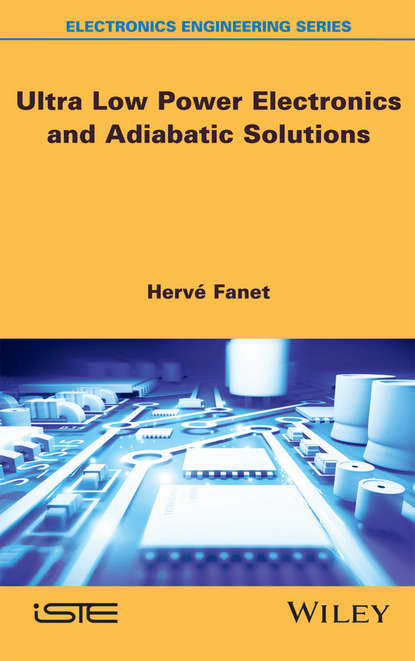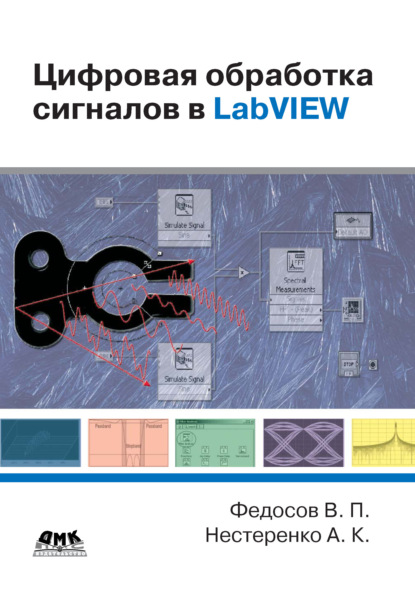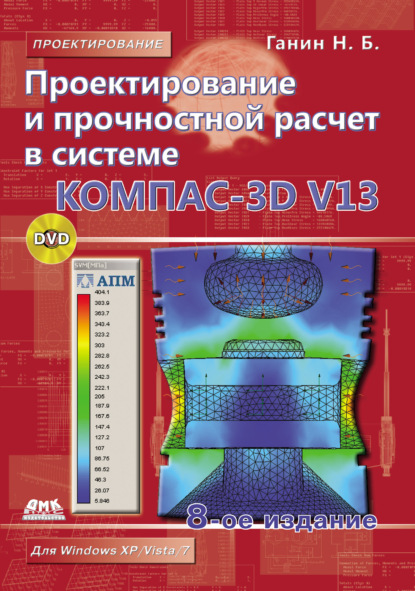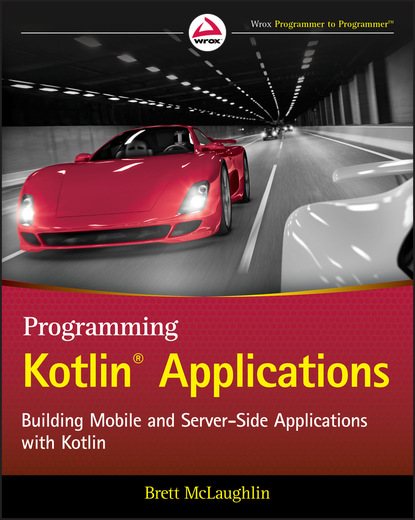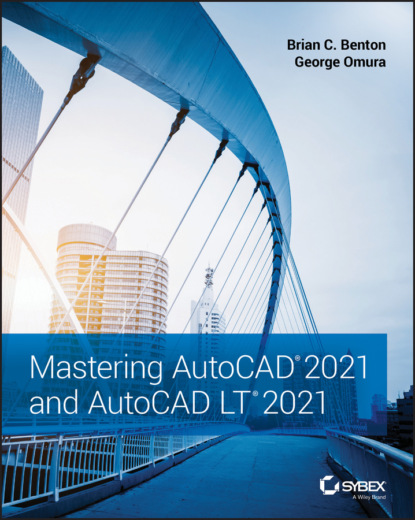Улучшение энергоэффективности в электронике и вычислительных системах в настоящее время является ключевым направлением разработки информационных и коммуникационных технологий. Снижение затрат на охлаждение, создание автономных портативных систем и работа на восстановленной энергии - всё это требует постоянного совершенствования для того, чтобы современные технологии могли выполнять больше вычислений, потребляя меньше энергии. Эта книга представляет основные принципы происхождения и ограничения рассеяния тепла в электронных системах. Механизмы диссипации энергии, физические основы понимания компонентов КМОП и сложные оптимизационные методы исследуются в первой половине книги, прежде чем вводится обратимый и квантовый компьютинг. Затем рассматриваются адиабатические вычисления и нанорелейные технологии как новые решения для достижения улучшений в выработке тепла и потреблении энергии, особенно в пересмотре архитектуры схем и компонентных технологий. Концепции, вдохновленные последними исследованиями в области энергоэффективности, собраны в этой книге, предоставляя введение в новые подходы и технологии, необходимые для того, чтобы идти в ногу с быстрой эволюцией электроники.
The book reviews the basics of energy conservation in technological developments particularly with respect to heat generation. This is followed by exploration of techniques to reduce heat loss and its impact on improvements in computational capability, which may aid in device cooling and efficient use of power. In the second half, adiabatic and quantum computers are introduced as novel solutions for improving heat management and energy saving. Nano-relay devices that can interact with materials and be used for implementation in circuits are also considered.
Электронная Книга «Ultra Low Power Electronics and Adiabatic Solutions» написана автором Hervé Fanet в году.
Минимальный возраст читателя: 0
Язык: Английский
ISBN: 9781119006558
Описание книги от Hervé Fanet
The improvement of energy efficiency in electronics and computing systems is currently central to information and communication technology design; low-cost cooling, autonomous portable systems and functioning on recovered energy all need to be continuously improved to allow modern technology to compute more while consuming less. This book presents the basic principles of the origins and limits of heat dissipation in electronic systems. Mechanisms of energy dissipation, the physical foundations for understanding CMOS components and sophisticated optimization techniques are explored in the first half of the book, before an introduction to reversible and quantum computing. Adiabatic computing and nano-relay technology are then explored as new solutions to achieving improvements in heat creation and energy consumption, particularly in renewed consideration of circuit architecture and component technology. Concepts inspired by recent research into energy efficiency are brought together in this book, providing an introduction to new approaches and technologies which are required to keep pace with the rapid evolution of electronics.
